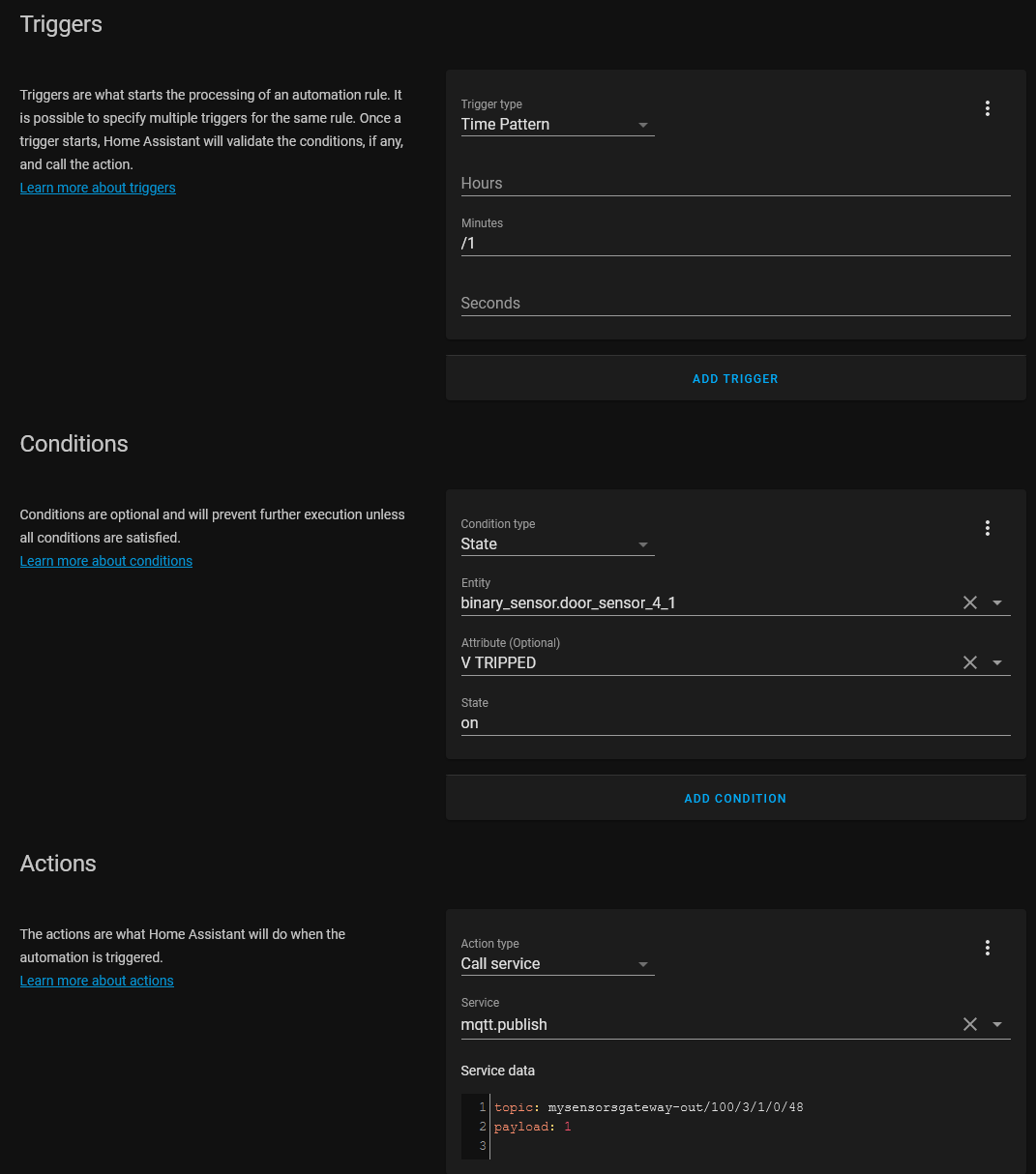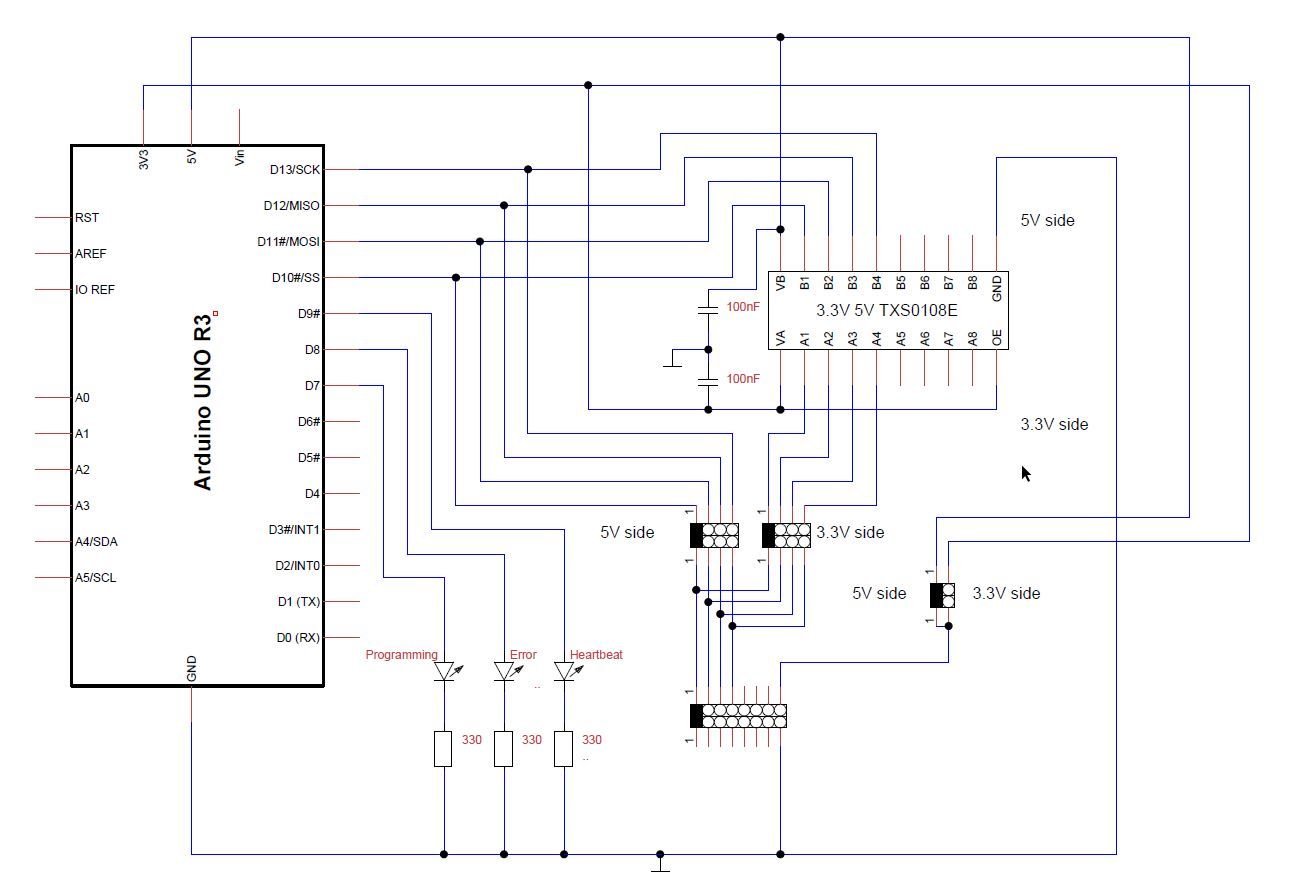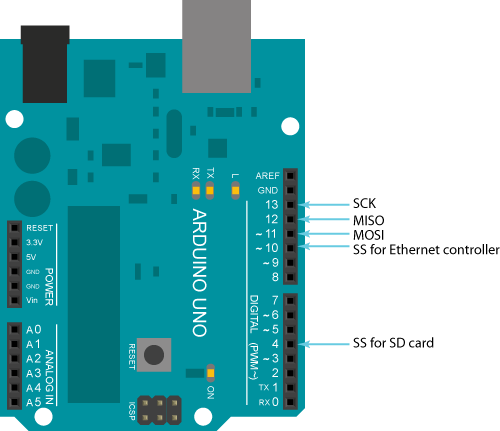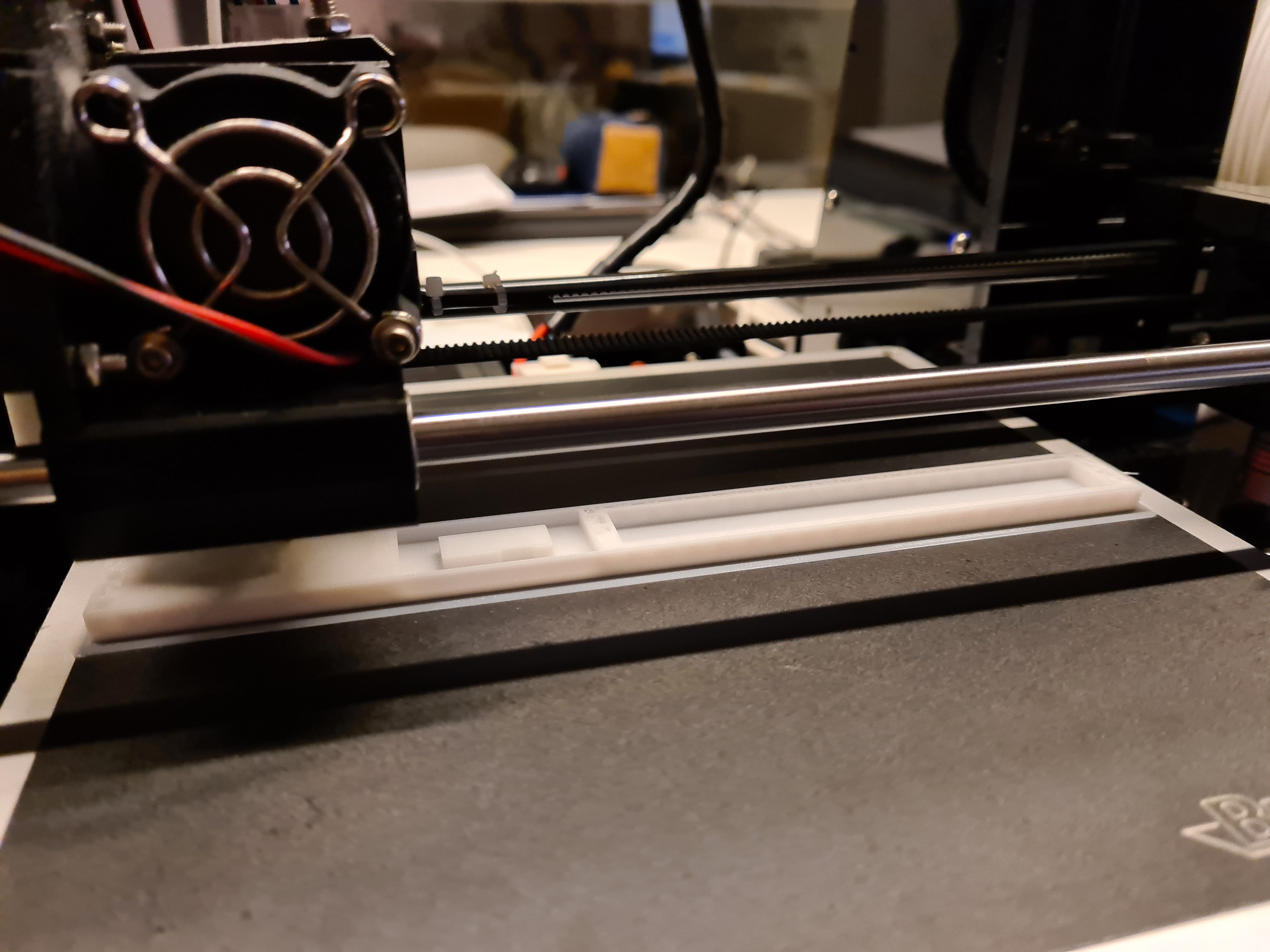RF performance depends a lot on what's the setup
antenna shape (coiled/meandered less efficient, or straigth one), orientation, radiation shape, size, tuning (inside final enclosure might be different, good to check rssis and adjust if needed), quality (lot of bad/untuned on some ebay/Ali shops)
GND plane size,
software settings
the test environment
etc
for example, here I use 868mhz. I have a compact outdoor RFM69CW node with a simple homemade coiled "wire" antenna (RFM69CW has lower TX power, no power amplifier) sending well at 45-50m from the house, and the RFM69HCW gateway (with power amplifier) is indoor. One thick wall and some trees. Elevation of both ends/antennas is 1.5m, default software settings (for bitrate etc).
But in direct line of sight, outdoor, there are also people reporting up to 1-2km range.
Compared to MySensors on 2.4ghz, it can be easier to get reliable indoor link with subghz.
Like in case you would already have others protocols on 2.4, with wifi and expanders, zigbee, ble, mysensors is not yet resilient to interferences and overlapping freq with these others protocols.. (no frequency hopping for example). It means, 2.4ghz needs more care, and depends on long term evolution of your network..
 1
1
 3
3
 1
1

